Breathing Spring into Dark Academia : Best Seasonal Guide
When the first crocuses push through the thawing earth and sunlight stretches longer into the evening, I find myself at a crossroads. My beloved Dark Academia aesthetic—with its rich mahogany shelves, worn leather volumes, and coffee-stained notebooks—suddenly feels a bit too… well, dark. But must I abandon my scholarly sanctuary for bright florals and pastels? Absolutely not.
Over the years, I’ve discovered that Dark Academia doesn’t hibernate during spring. Instead, it evolves, incorporating lighter elements while maintaining its intellectual soul. Today, I’m sharing how I seamlessly blend springtime freshness with this timeless aesthetic, creating a space that honors both the season and my love for academic pursuits.
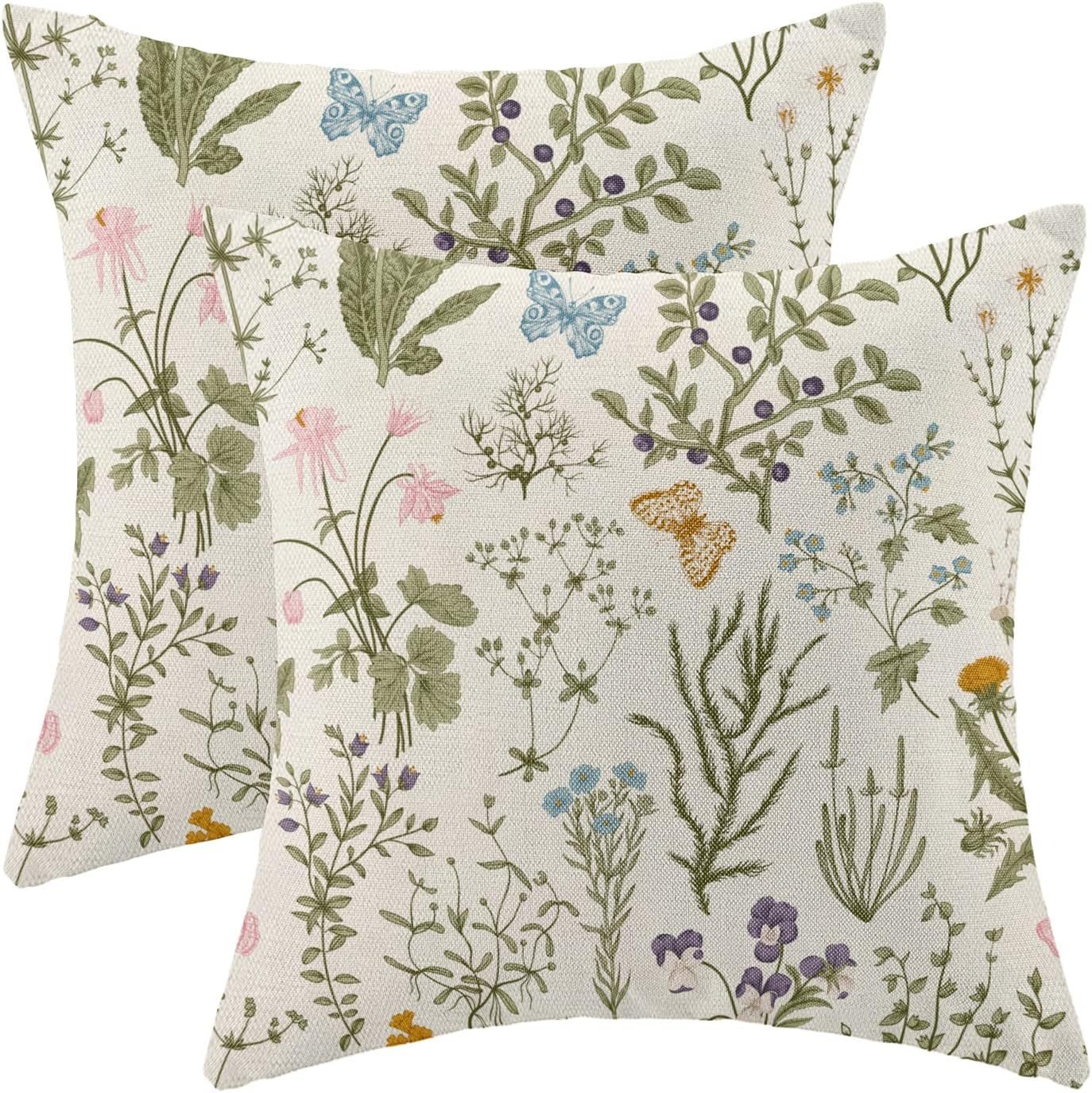



Understanding the Essence of Dark Academia
Before we throw open the windows and invite spring inside, let’s remember what makes Dark Academia so enchanting. At its core, Dark Academia celebrates intellectual curiosity, classical learning, and a romantic nostalgia for historical academic settings. It draws inspiration from elite universities, classical literature, art history, and the pursuit of knowledge.
The aesthetic typically features:
- Rich, dark wood furniture
- Vintage books and manuscripts
- Antique writing implements
- Amber-toned lighting
- Classical artwork and sculptures
- Tweed, wool, and leather textures
- Earth tones and deep, muted colors
These elements create an atmosphere of scholarly intensity, but they needn’t vanish when spring arrives.

Why Blend Seasons? The Case for Springtime Dark Academia
Some might question why we’d want to lighten Dark Academia at all. I’ve found that integrating seasonal elements serves several purposes:
- It prevents aesthetic stagnation, keeping your space fresh and evolving
- It acknowledges the natural rhythm of seasons that scholars throughout history observed
- It creates a more balanced environment that honors both academic tradition and natural renewal
- It allows for a more sustainable relationship with your aesthetic preferences
With these benefits in mind, let’s explore how to invite spring into your Dark Academia sanctuary.

Natural Light: The Foundation of Spring Dark Academia
The simplest way to transform your space for spring is through light. I start by:
- Switching heavy velvet curtains for lighter fabrics that still offer privacy but allow more sunlight
- Angling mirrors strategically to reflect natural light deeper into rooms
- Moving my reading chair closer to windows during daylight hours
- Using lighter-colored bookends, paperweights, or desk accessories to brighten dark shelves
Ancient scholars relied on natural light for their studies. When I open my curtains wide, I’m not betraying Dark Academia—I’m honoring its historical roots.

Flora and Fauna: Scholarly Botanicals
Plants have always belonged in the academy. From medieval monastic gardens to university botanical collections, the study of flora connects directly to scholarly tradition.
For spring Dark Academia, I incorporate:
- Potted herbs in antique containers (rosemary, sage, and lavender work beautifully)
- Pressed flowers between book pages or framed botanical illustrations
- Small vases with seasonal blooms placed among stacks of books
- Branches with spring buds arranged in vintage laboratory glassware
My favorite addition is a collection of small potted ferns on my bookshelves. Their delicate greenery softens the dark wood while referencing Victorian-era botanical studies—perfectly on theme.

Color Theory: Lightening Without Losing Depth
Spring doesn’t mean abandoning the rich palette of Dark Academia. Instead, I adjust the balance of colors by:
- Incorporating more cream, ivory, and light brown tones through linen notebooks and parchment
- Adding accents in muted sage, moss, and olive greens
- Introducing carefully selected copper and bronze elements that reflect light warmly
- Choosing dark academia-appropriate spring colors like dusty rose, faded terracotta, and antiqued gold
These lighter colors work especially well in textiles—think a sage green throw pillow on your reading chair or a cream-colored desk blotter beneath your fountain pen.

Textiles and Textures: Lightening the Tactile Experience
Heavy wools and leathers define winter Dark Academia, but spring calls for adaptation. I transition by:
- Switching tweed and wool throws for lighter cotton or linen versions in similar patterns
- Replacing heavy velvet pillows with those covered in lighter fabrics but in the same deep colors
- Adding natural elements like jute, rattan, or woven baskets for storage
- Incorporating lighter wood accents among the darker pieces
The key is maintaining the textural interest while reducing visual weight. A woven bookmark replaces a leather one; a linen jacket hangs on the coat rack where wool once dominated.

Literary Themes: Seasonal Reading Material
Your reading material can reflect seasonal shifts while maintaining Dark Academia sensibilities. I adjust my visible book collection to feature:
- Spring-themed classical poetry (Wordsworth’s daffodils, Keats’ odes to spring)
- Nature writings by Thoreau, Emerson, or modern nature philosophers
- Agricultural texts and almanacs from historical periods
- Botanical illustration collections and natural history volumes
Display these on your desk or coffee table, perhaps open to a particularly beautiful illustration or passage about spring renewal.

Scent Stories: The Invisible Element of Seasonal Transition
Often overlooked, scent powerfully affects our experience of space. Traditional Dark Academia fragrances like leather, tobacco, and coffee remain appropriate year-round, but I lighten them with:
- Fresh herb bundles (rosemary, thyme, or sage) hung to dry
- Beeswax candles instead of heavier scented options
- Light citrus elements (bergamot, neroli) in diffusers or essential oils
- The scent of rain through open windows (petrichor is the ultimate scholarly spring fragrance)
These fresher notes blend beautifully with traditional Dark Academia scents, creating depth without heaviness.
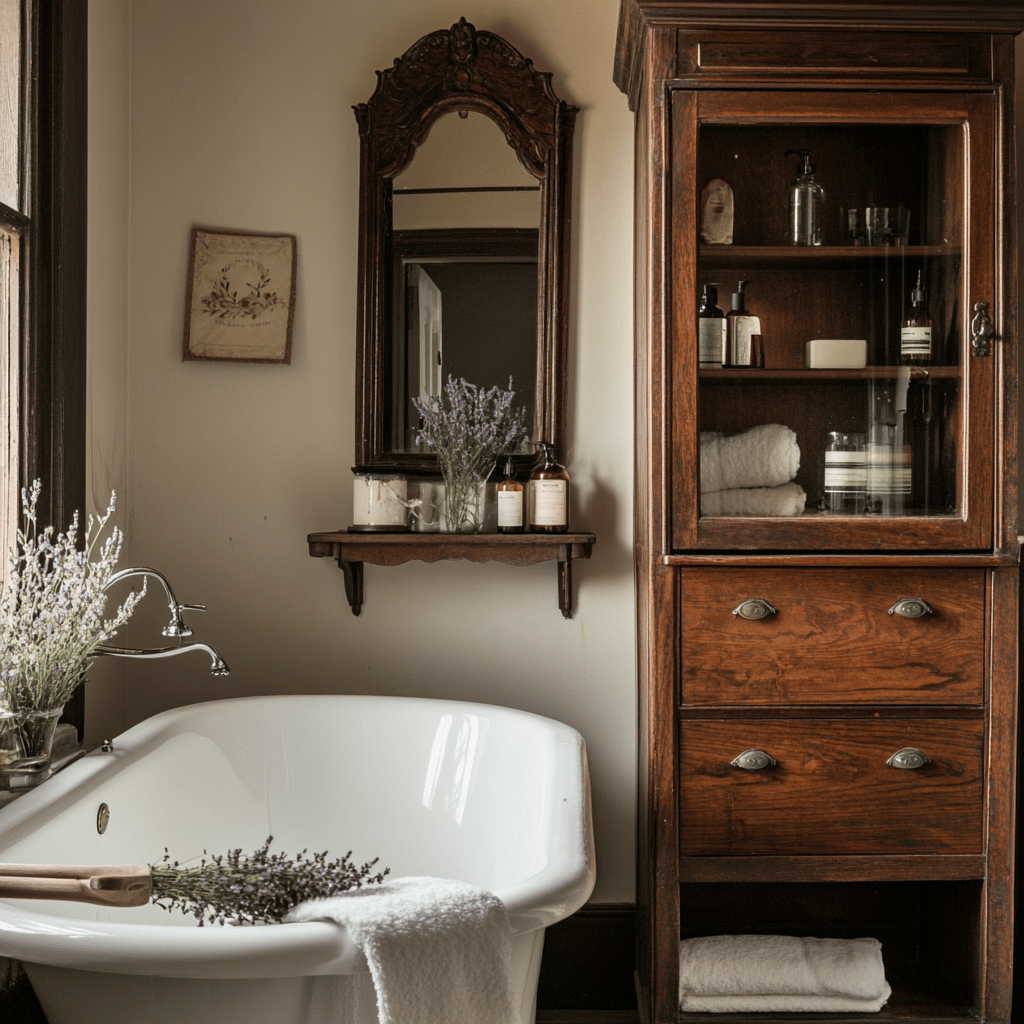
Academic Activities: Springtime Scholarly Pursuits
Dark Academia isn’t just about aesthetics—it’s about activities that nurture intellectual growth. Spring offers unique opportunities for Dark Academia practices:
- Botanical sketching in leather-bound journals
- Reading outdoors under dappled light
- Nature journaling in the tradition of naturalist scholars
- Collecting specimens for study and display
- Visiting historical gardens or university arboretums
I particularly enjoy transcribing poetry while sitting near an open window, letting spring air infuse my practice with its particular energy.
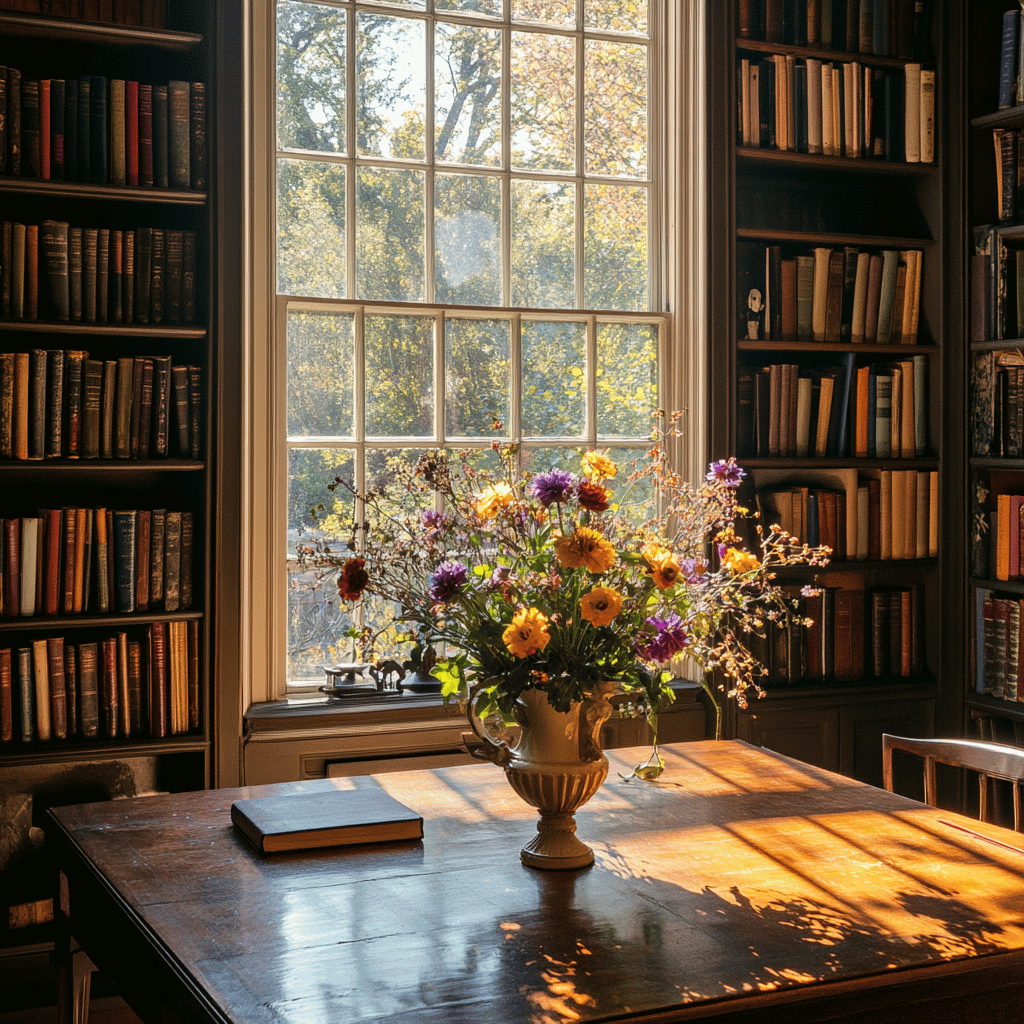
Wardrobe Evolution: Dressing for Spring Dark Academia
Your personal style can evolve with the season while maintaining Dark Academia sensibilities. I transition my wardrobe by:
- Choosing lighter fabrics in traditional Dark Academia colors and patterns
- Adding natural fiber accessories like linen scarves or cotton pocket squares
- Incorporating subtle botanical motifs in accessories
- Layering lighter pieces that can be removed as temperatures fluctuate
My spring uniform often includes cotton oxford shirts, lighter wool or linen trousers, and a canvas messenger bag instead of leather. The silhouette remains scholarly, but the execution acknowledges the season.
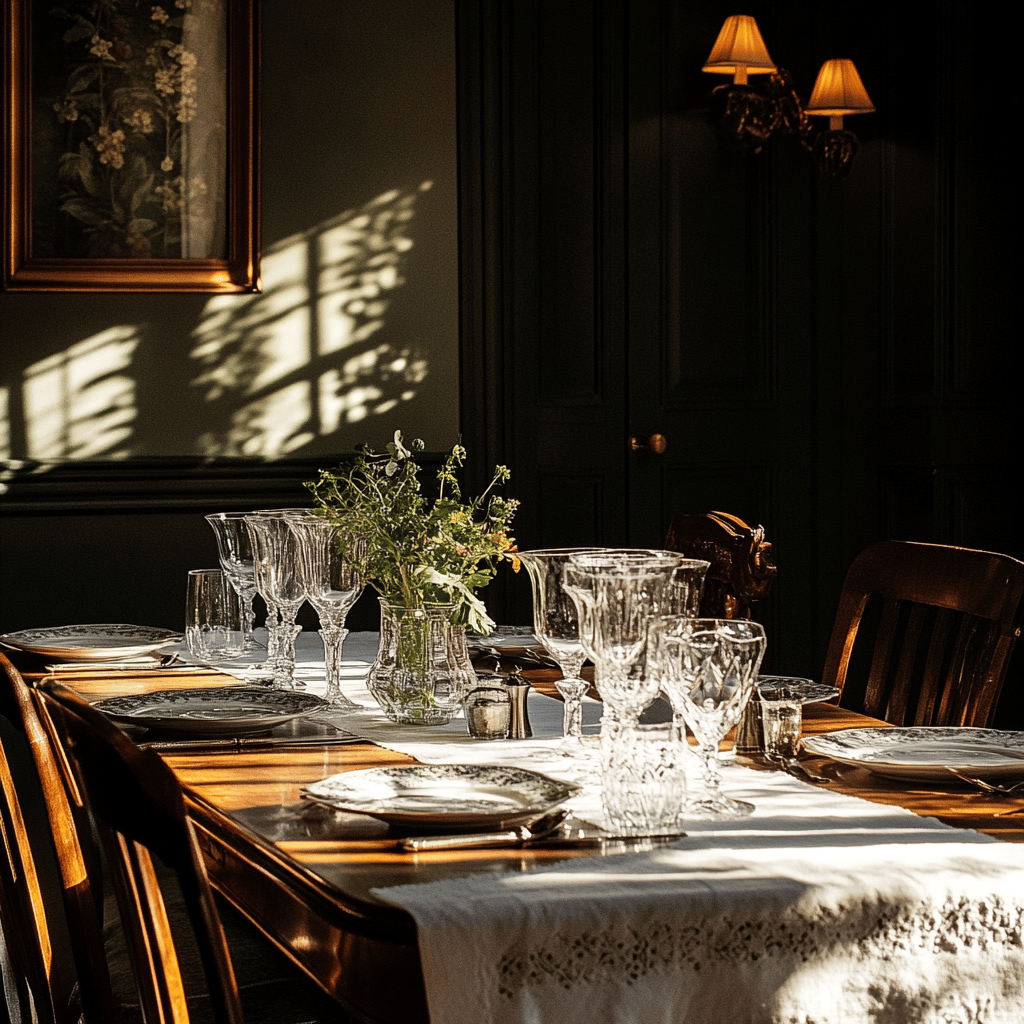
Table Settings: Dining with Seasonal Awareness
The dining table offers another opportunity to blend Dark Academia with spring elements. I adjust by:
- Using lighter linens in cream or natural colors
- Incorporating fresh herbs as simple centerpieces
- Serving seasonal foods on vintage dishware
- Setting the table with silver and crystal that reflects spring light
A simple breakfast of bread, honey, and tea served on antique dishes beside a vase of spring branches creates a moment that honors both aesthetic traditions.

Historical Grounding: Looking to the Past
When I feel uncertain about blending spring elements with Dark Academia, I remind myself that historical scholars were deeply connected to seasonal rhythms. University terms were structured around agricultural seasons. Monks studied while tending gardens. The separation between academic pursuit and natural cycles is a modern invention.
By acknowledging spring within your Dark Academia practice, you’re actually creating a more historically accurate expression of scholarly life through the ages.
Digital Expression: Capturing Spring Dark Academia
For those who share their aesthetic journey online, spring Dark Academia offers unique photographic opportunities:
- Sunlight streaming across open books
- Antique desk accessories arranged with spring botanicals
- Writing implements beside open windows
- The contrast of dark libraries with views of spring gardens
These images capture the essence of balanced seasonal Dark Academia—intellectual pursuit harmonized with natural renewal.
Finding Balance: The Philosophy of Seasonal Adaptation
Ultimately, incorporating spring elements into Dark Academia reflects a deeper philosophical truth: knowledge itself evolves and transforms. Just as scholars must remain open to new ideas, our expression of scholarly aesthetics can embrace seasonal change without losing its essential character.
I’ve found that this seasonal adaptation creates a more sustainable relationship with the Dark Academia aesthetic. Rather than growing tired of heavy elements year-round, I allow my space to breathe and transform, making my return to fuller Dark Academia expressions in autumn all the more satisfying.

Conclusion: A Personal Evolution
My journey with Spring Dark Academia continues to evolve each year. I’ve learned that aesthetics serve us best when they respond to both our internal values and the external world around us. By allowing Dark Academia to dance with spring’s lighter energy, I’ve created a living aesthetic that supports my scholarly pursuits while honoring the season’s natural rhythms.
So open those heavy curtains. Place a small vase of wildflowers beside your inkwell. Let sunlight warm the pages of your favorite classic novel. Spring doesn’t dilute Dark Academia—it reveals new facets of its timeless appeal.
What spring elements have you incorporated into your Dark Academia spaces? I’d love to hear how you’re balancing these seemingly opposite but ultimately complementary aesthetic traditions.
If you love home decor and interior design as much as I do, check out these other articles I think you might like.
Bringing Spring to Your Outdoor Spaces : A Complete Guide



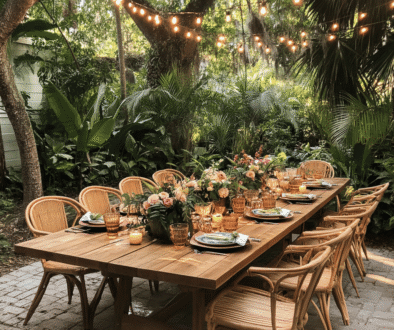

Light Academia Spring : Soft, Intellectual Spring Styling
July 12, 2025 @ 6:23 pm
[…] Breathing Spring into Dark Academia : A Seasonal Guide […]
Best Industrial Spring : Softening Industrial Spaces
July 12, 2025 @ 6:46 pm
[…] Breathing Spring into Dark Academia : A Seasonal Guide […]